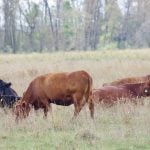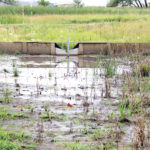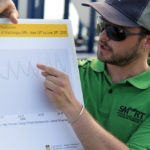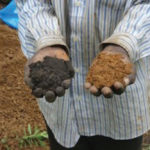
Tag Archives Soil

This ain’t your grandad’s grazing system
Innovative producers, especially younger ones, are looking to cover crop cocktail mixes to get more production per acre

How much nitrogen could a wood chip chuck?
Researchers investigating wood chip bioreactors under Manitoba conditions say half the nitrogen in tile drainage run-off could be captured

Soil test right after the combine
The tradition has been to sample for soil nutrients later in the fall, but there are compelling reasons to go sooner than later

There’s an economic case for strip till
The technique can save time and organic matter when it comes to soybean production

North Interlake drainage issues to be addressed
Pilot program aims to improve water management in the RM of Bifrost-Riverton

Centuries-old African soil technique could combat climate change
Adding kitchen waste and charcoal to nutrient-poor rainforest soils makes them capable of supporting intensive farming
Manitoba Crop Report and Crop Weather report: No. 10
Conditions as of July 4, 2016
Manitoba Crop Report and Crop Weather report: No. 9
Conditions as of June 27, 2016

NASA conducting aerial soil moisture data collection over south-central Manitoba
The NASA aircraft carries a radiometer instrument similar to the one on board the Soil Moisture Active Passive (SMAP) satellite launched in 2015
Manitoba Crop Report and Crop Weather report: No. 6
Conditions as of June 6, 2016


